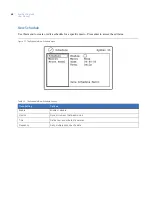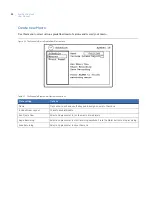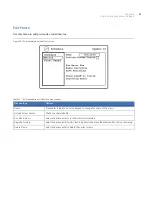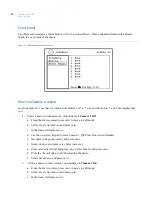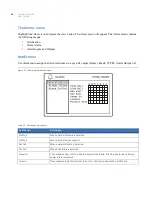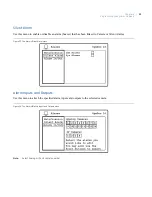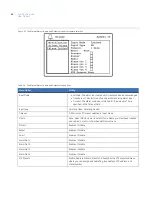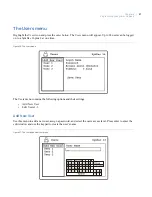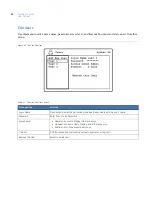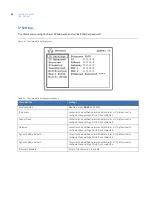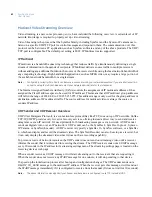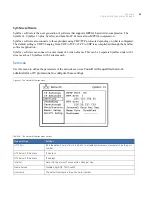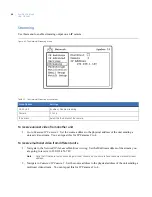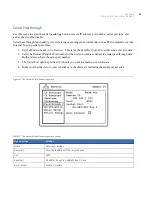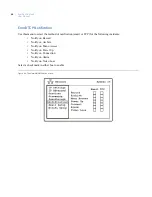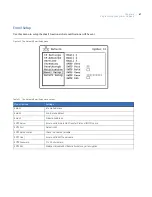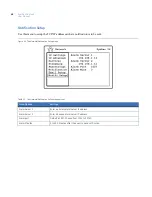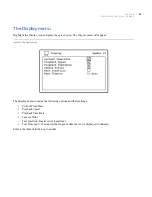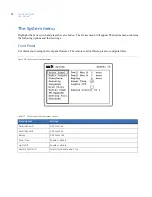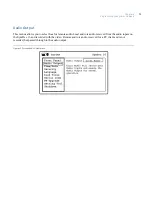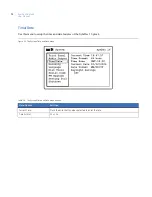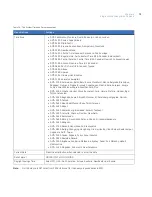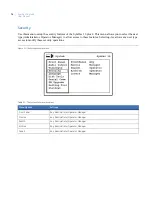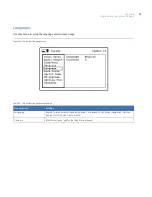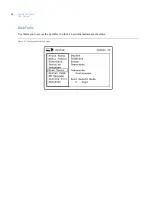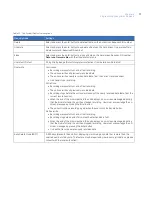
SymDec 16 plus 4
User Manual
62
Muticast Video Streaming Overview
Video streaming is a new concept to many, so we have included the following overview. A certain level of IP
network knowledge is required to properly set up video streaming
Video Streaming is the process that the SymDec family, including SymNet and the Symveo IP camera use to
listen on a specific UDP/TCP port for control messages and respond to them. The communication over this
protocol can be between a PC application, such as SymNav software and any of the above products. The UDP/
TCP port is configurable. The default port setting is 8092. IP Multicast is also supported.
IP Multicast
IP multicast is a bandwidth-conserving technology that reduces traffic by simultaneously delivering a single
stream of information to thousands of recipients. IP Multicast delivers source traffic to multiple receivers
without adding any additional burden on the source or the receivers while using the least network bandwidth of
any competing technology. High-bandwidth applications, such as MPEG video, may require a large portion of
the available network bandwidth for a single stream.
Note:
Configured incorrectly IP multicast can become a serious drain on your networks resources! If you are at all uncertain
on how to setup IP multicast, please contact your network administrator or IS professional.
The Internet Assigned Numbers Authority (IANA) controls the assignment of IP multicast addresses. It has
assigned the Class D address space to be used for IP multicast. This means that all IP multicast group addresses
will fall in the range of 224.0.0.0 to 239.255.255.255. This address range is only used for the group address or
destination address of IP multicast traffic. The source address for multicast video is always the source or
senders IP address.
UDP Sender and UDP Receiver Overview
UDP (User Datagram Protocol), is a connectionless protocol that, like TCP, runs on top of IP networks. Unlike
TCP/IP, UDP/IP provides very few error recovery services, offering instead a direct way to send and receive
datagrams over an IP network. It's used primarily for broadcasting messages over a network. A UDP sender
sends out digital video over an IP network. A UDP sender can be the SymDec 4, SymDec 16 plus 4, Symveo
IP Camera, or SymNet (Encoder). A UDP receiver is typically a SymDec 16, SymNav software, or a SymDec
4, which can display and record the streamed video. The SymNet (Decoder) can also be setup as a receiver, but
it can only display the streamed video since it does not have recording capability.
To prevent a waste of network resources, the UDP sender does not send out streaming video until a receiver
informs the sender that it is interested in receiving the stream. The UDP receiver sends out a
START
message
every 30 seconds to the IP address in its streaming settings menu. The streaming settings page is located on the
receiving device's web page.
When a sender receives a
START
message, it will start streaming out to the receiver's that are requesting it.
When the sender does not receive any
START
message for one minute, it will stop sending to that device.
To speed up the initialization process after bootup and configuration changes, The UDP sender sends out a
READY_TO_SEND
message to the multicast IP address. When the receiver gets this message, it will send out
the
START
message immediately if it is configured to receive from that sender (It does not wait for 30 seconds).
Note:
The above information also applies if your Sender and Receiver are configured to use TCP instead of UDP.
Summary of Contents for SymDec 16 plus 4
Page 1: ...SymDec 16 plus 4 User Manual ...
Page 10: ...SymDec 16 plus 4 User Manual x ...
Page 18: ...SymDec 16 plus 4 User Manual 8 ...
Page 29: ...Chapter 2 Connections and Controls 19 Figure 6 Sample network diagram ...
Page 99: ...Chapter 5 SymNav and SymBrowser 89 Figure 63 The SymNav main operation screen ...
Page 134: ...SymDec 16 plus 4 User Manual 124 ...
Page 144: ...SymDec 16 plus 4 User Manual 134 ...
Page 150: ...SymDec 16 plus 4 User Manual 140 ...

